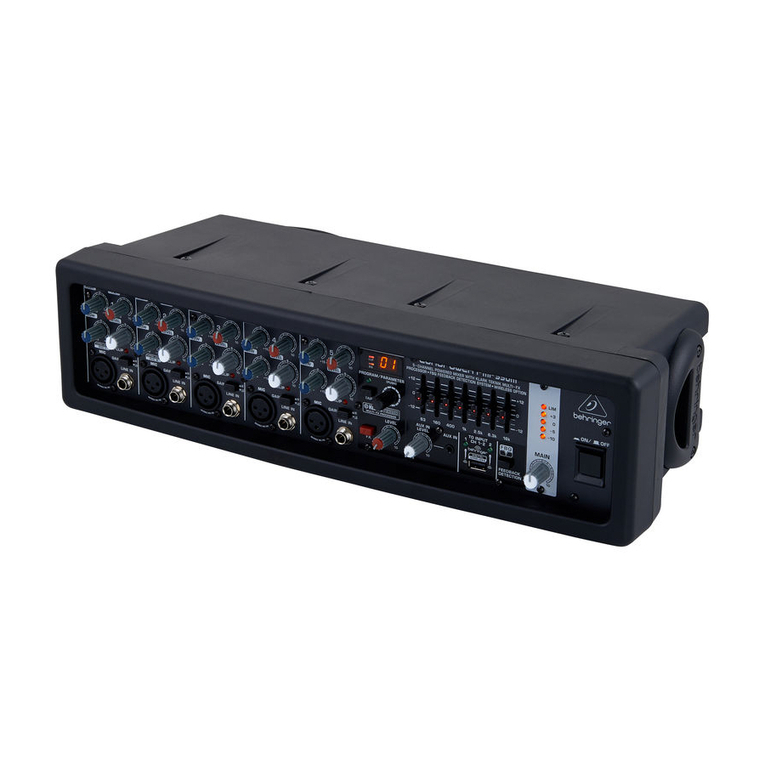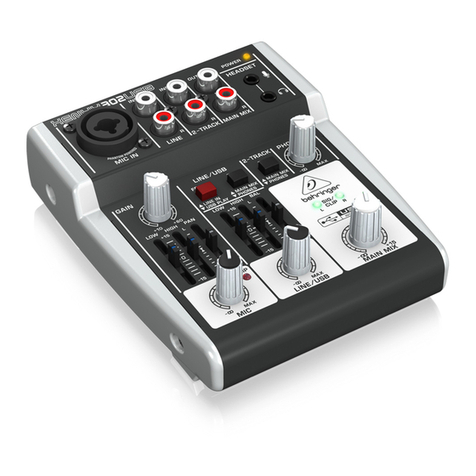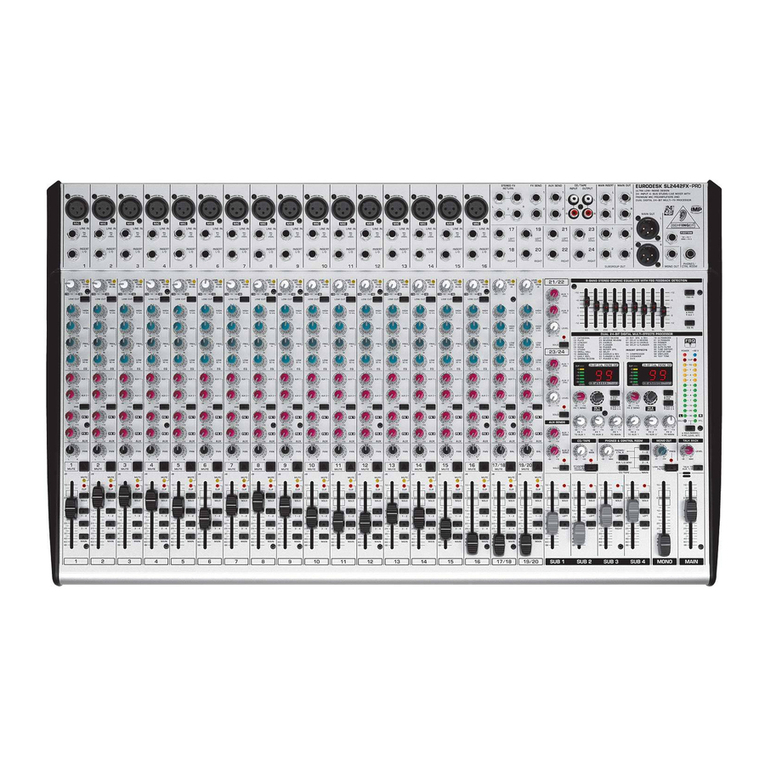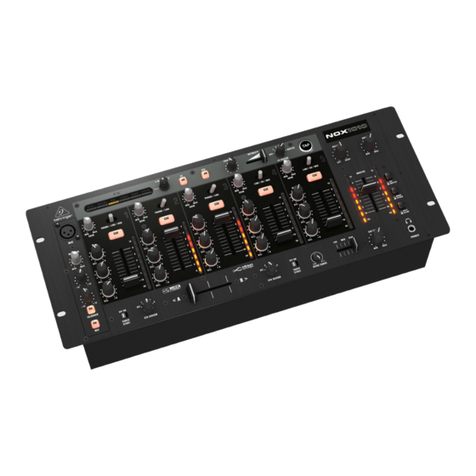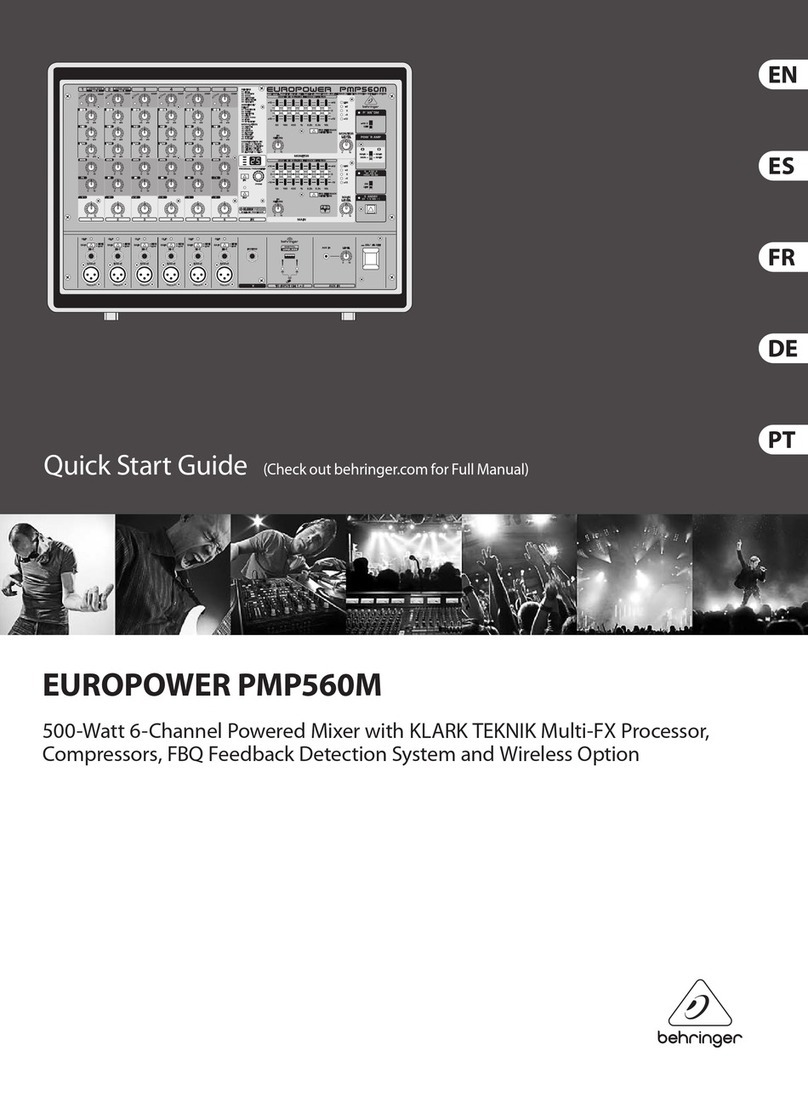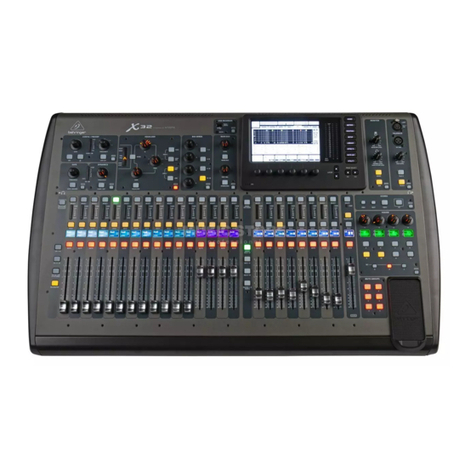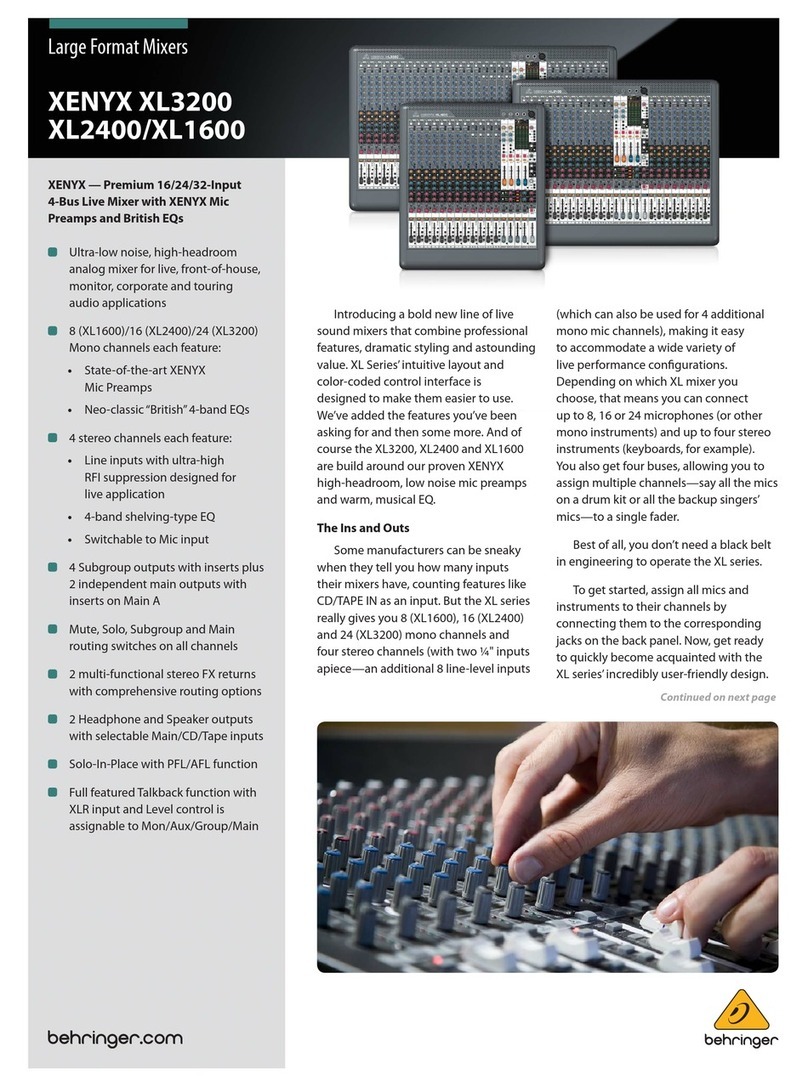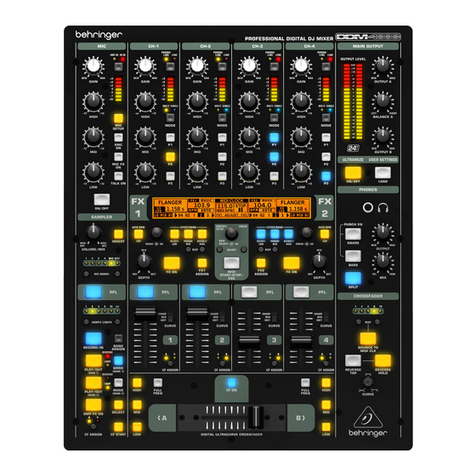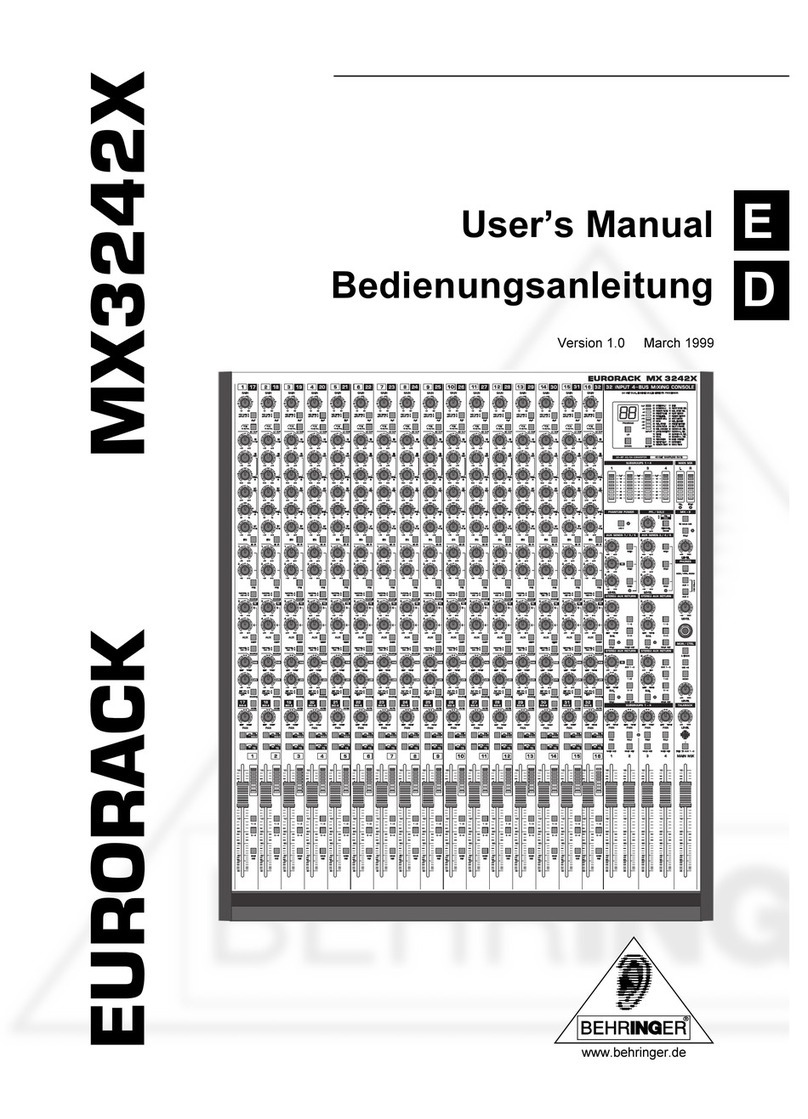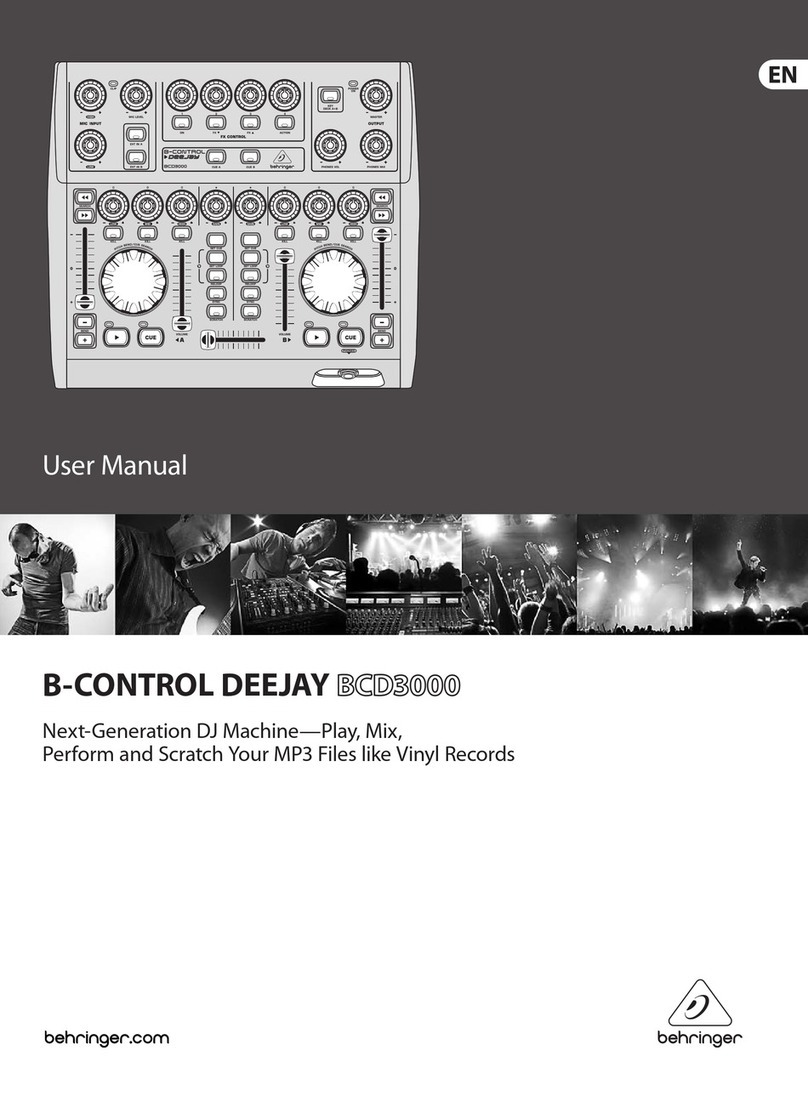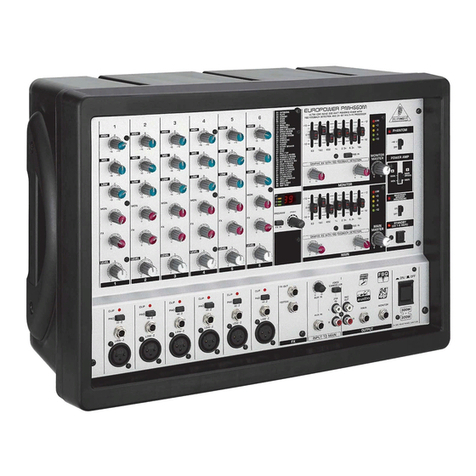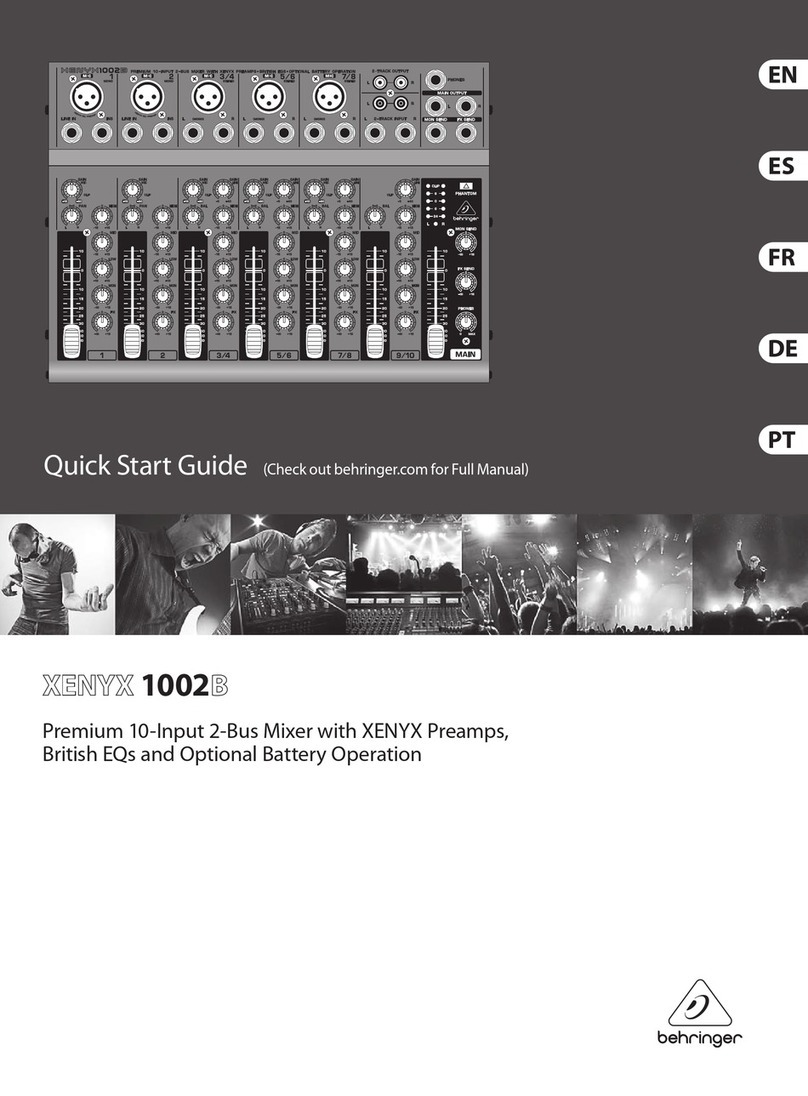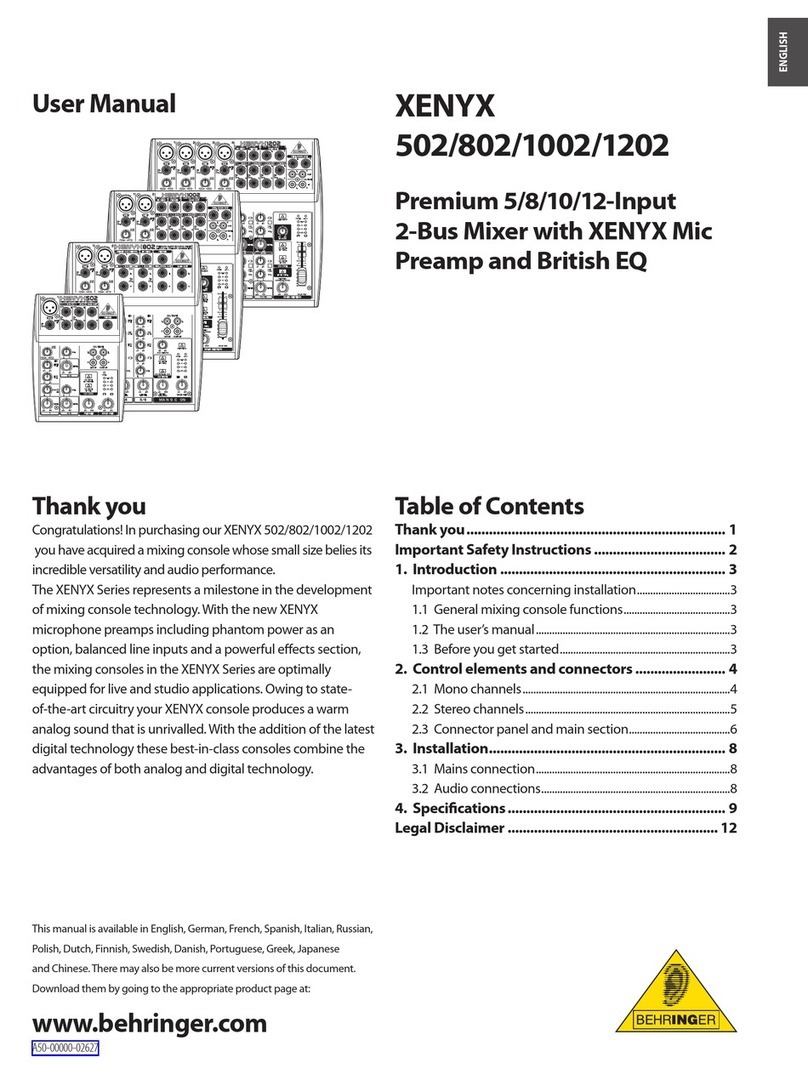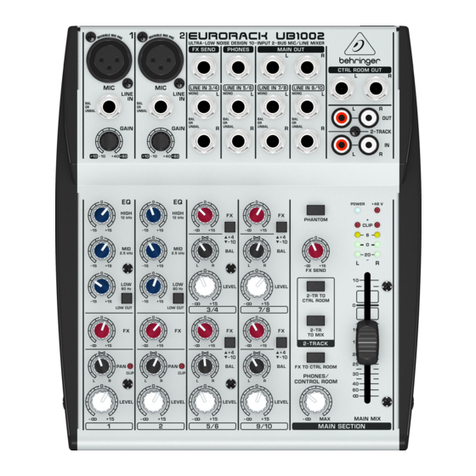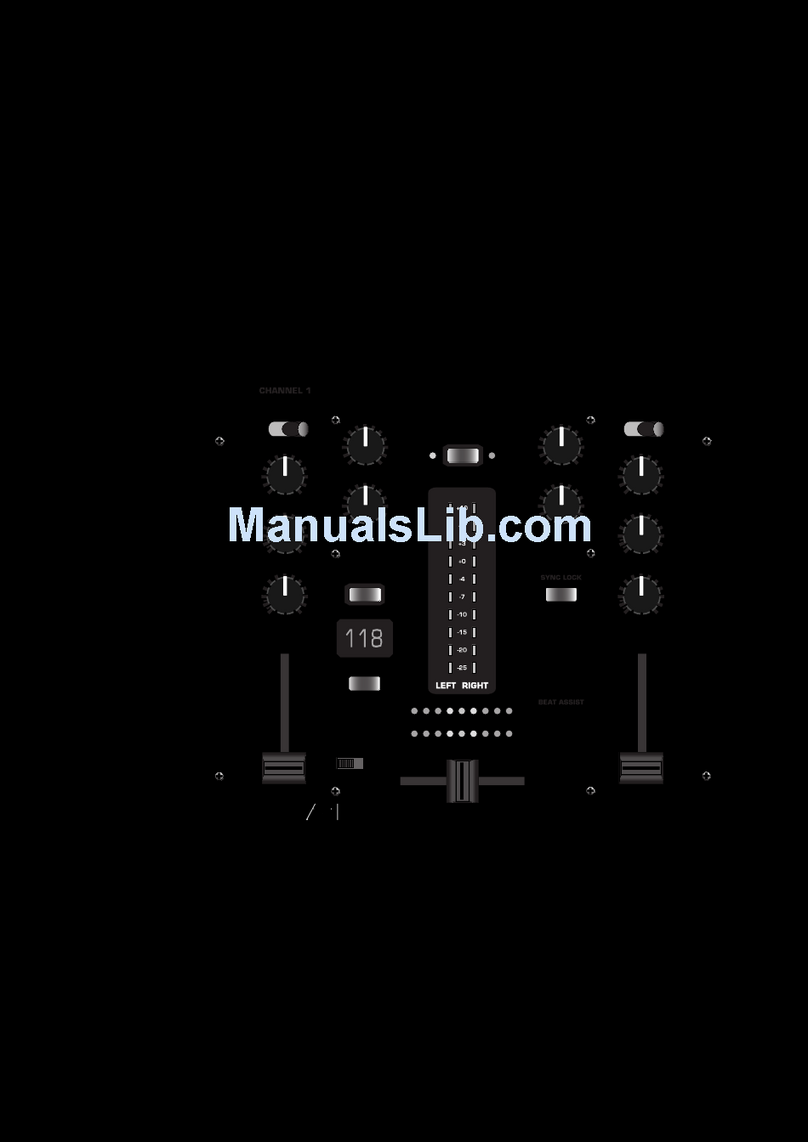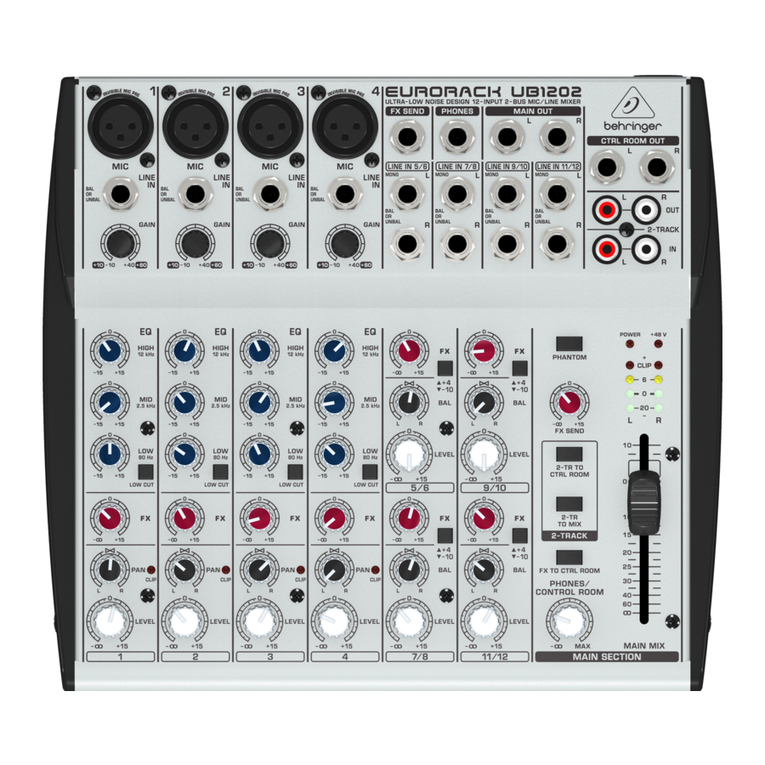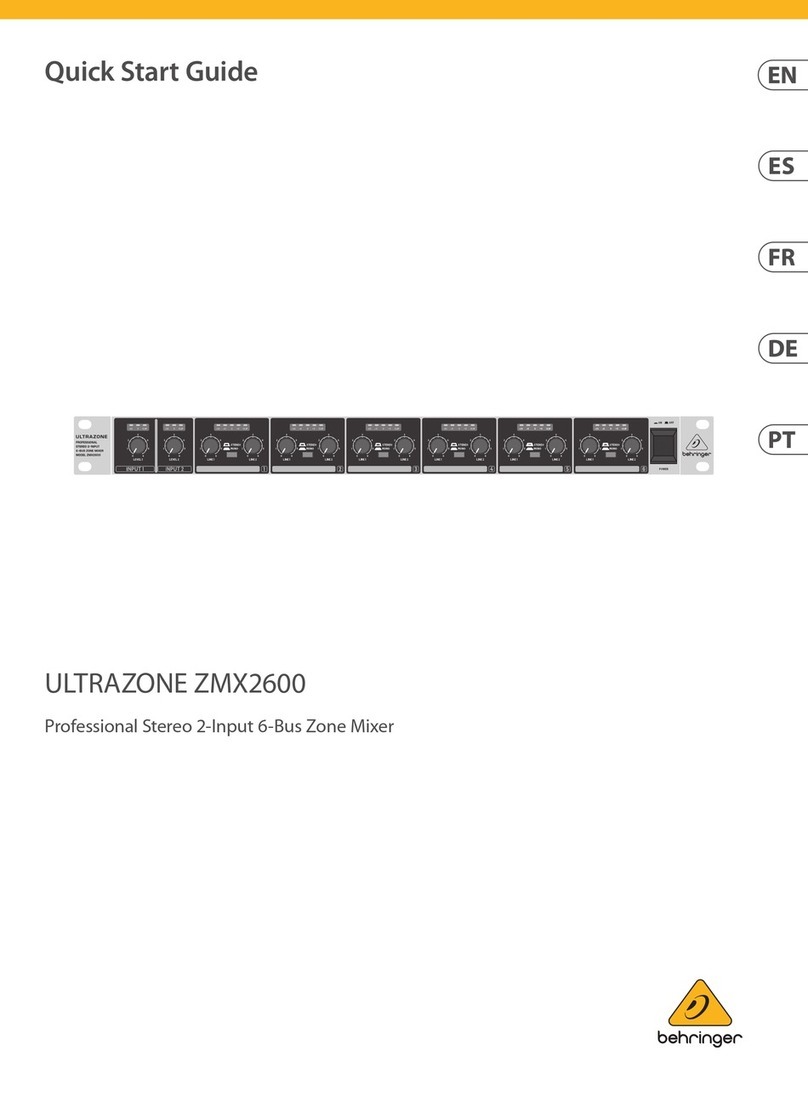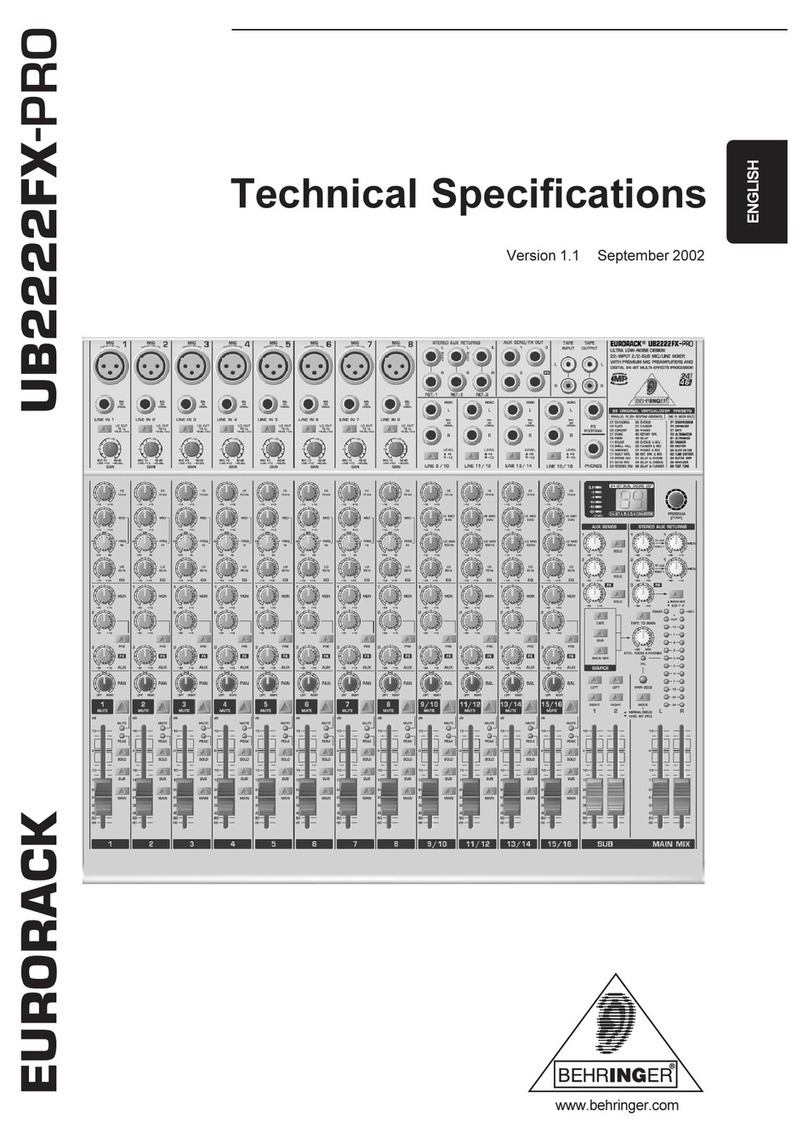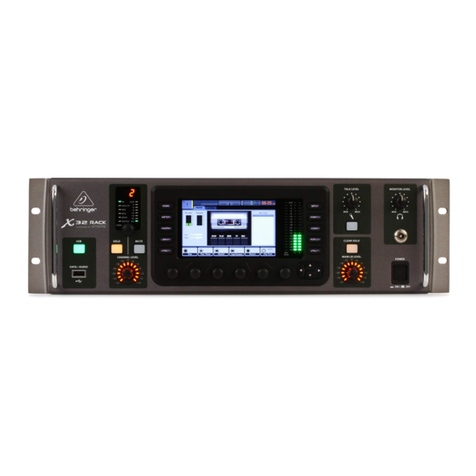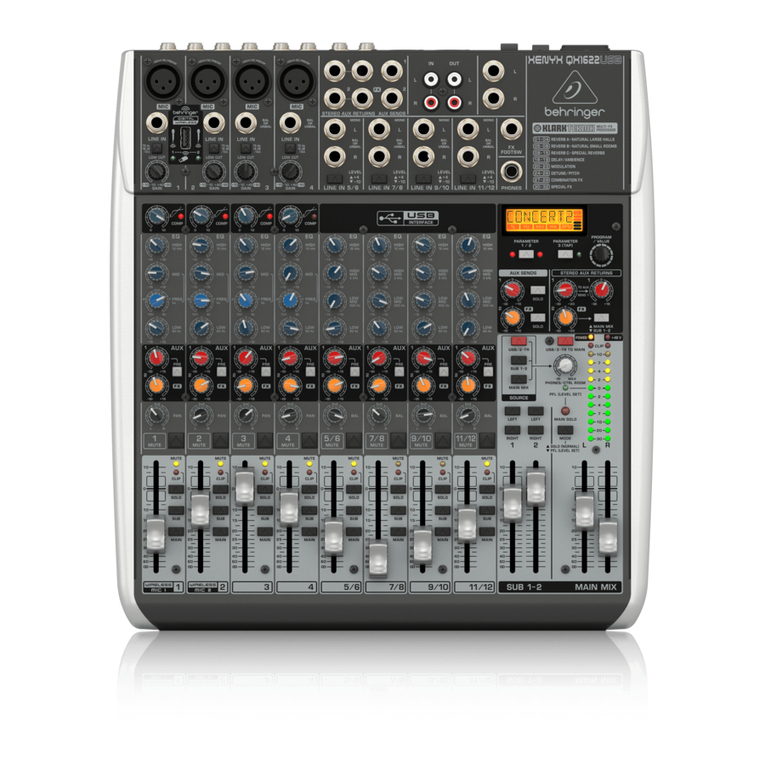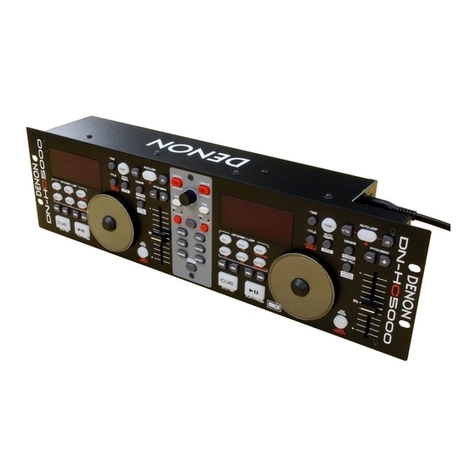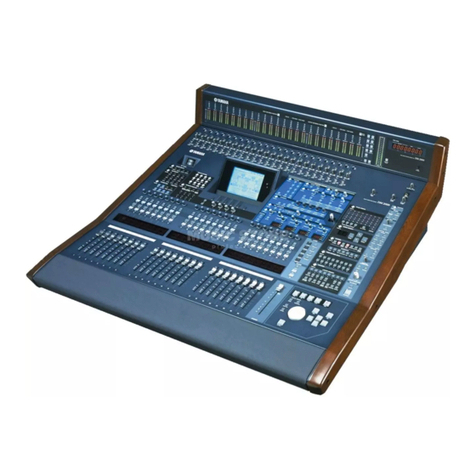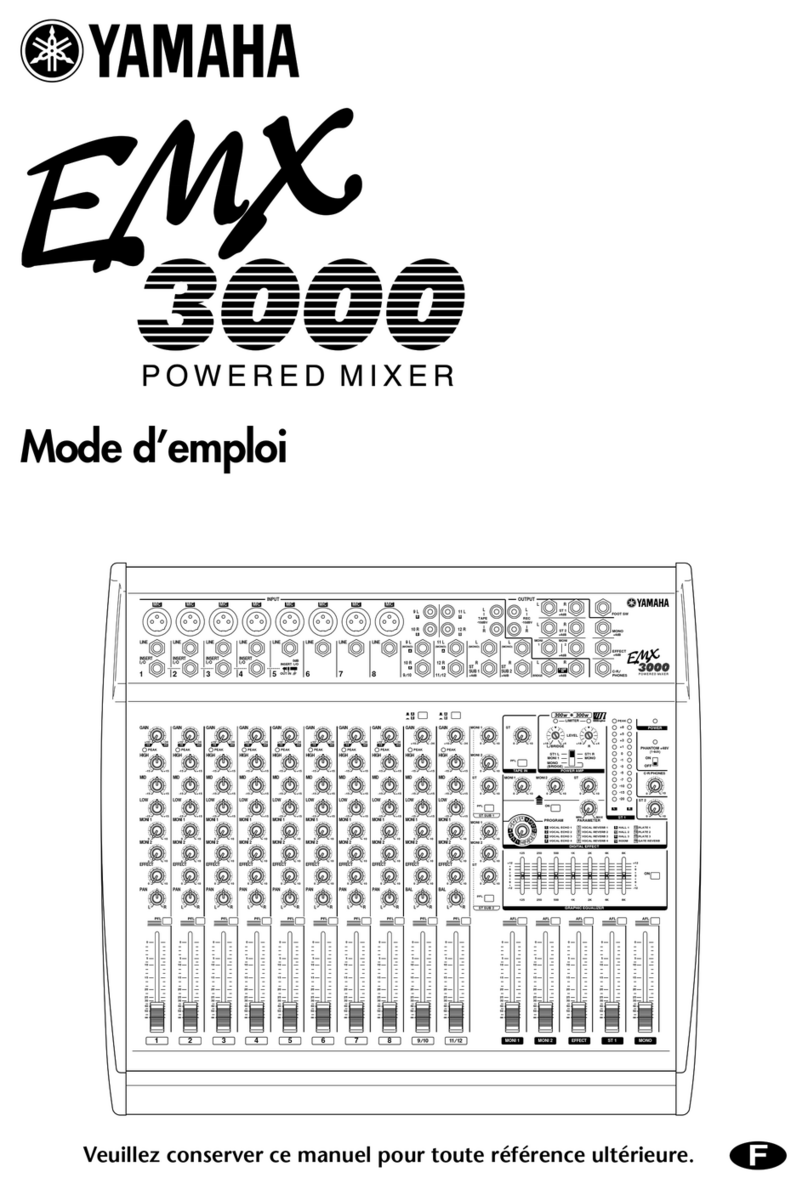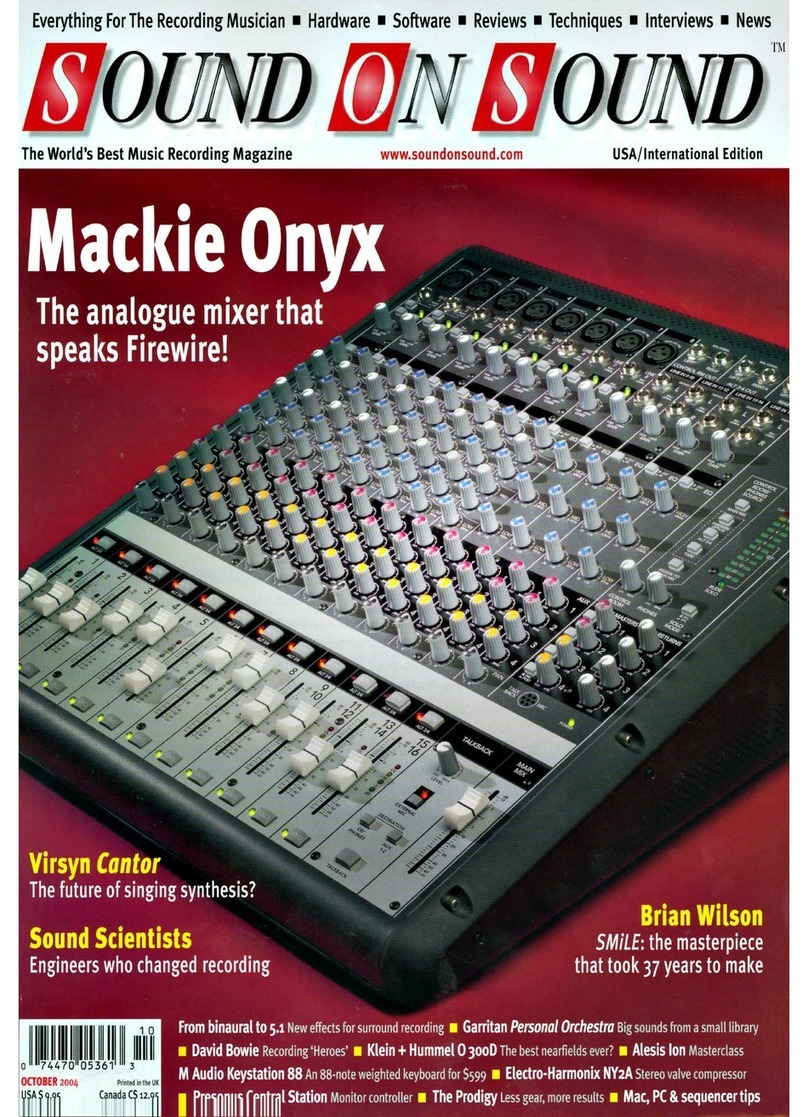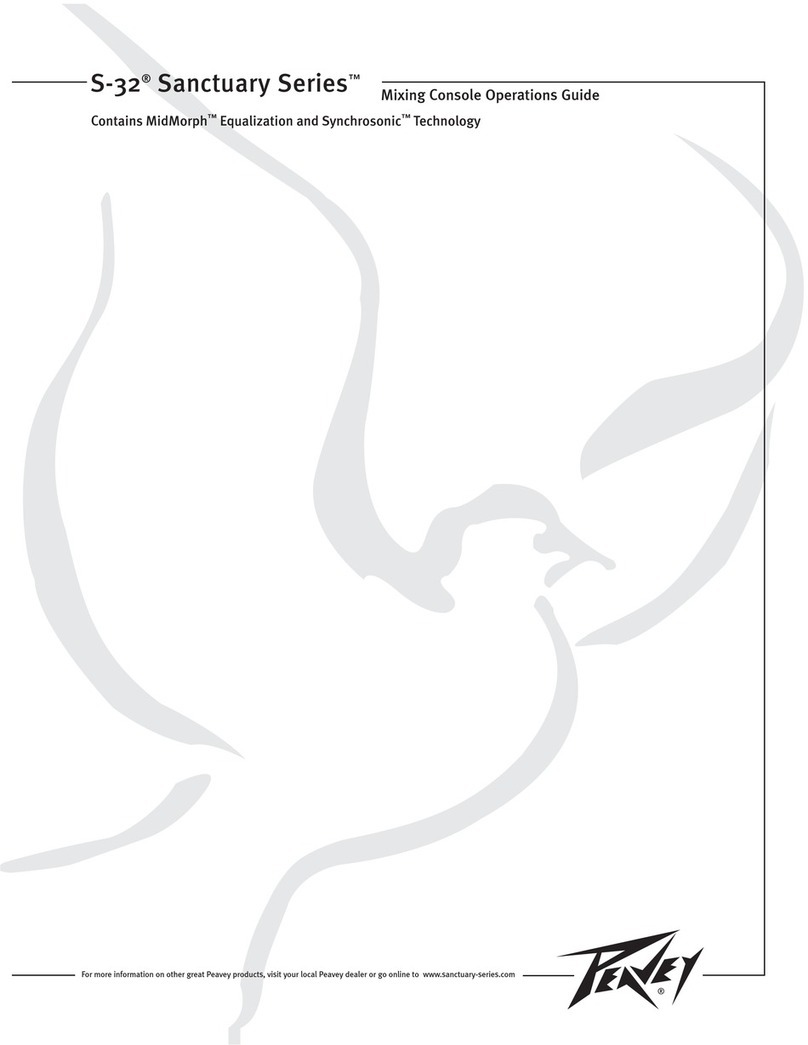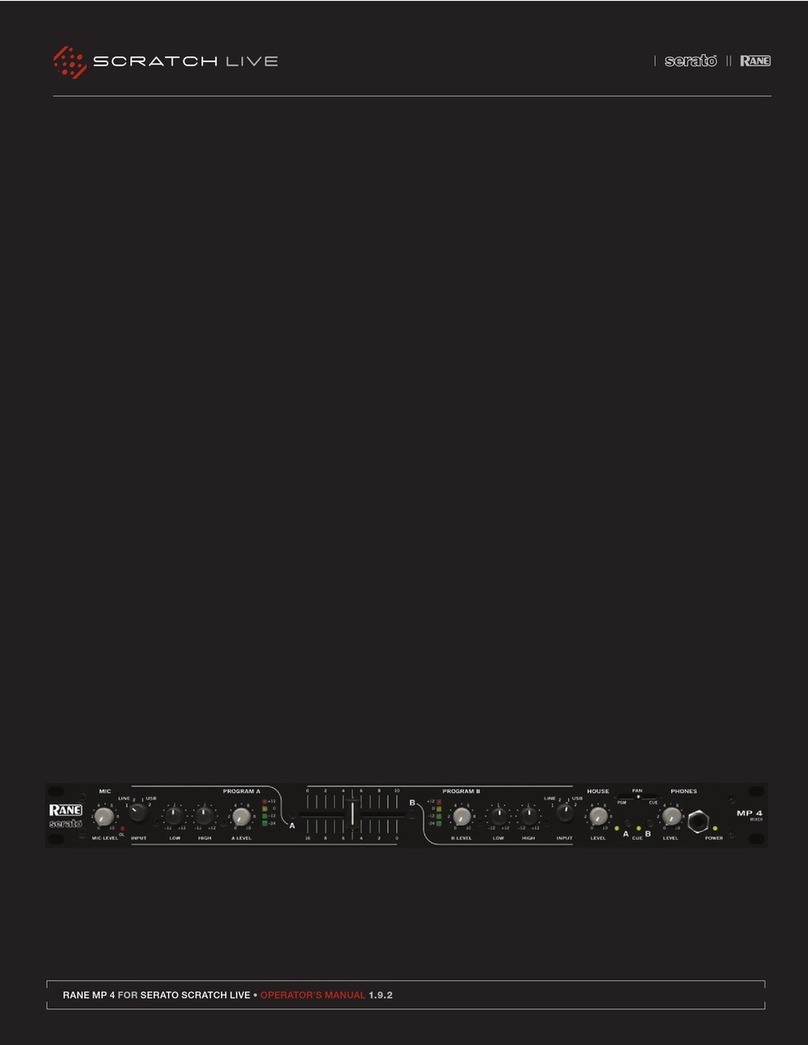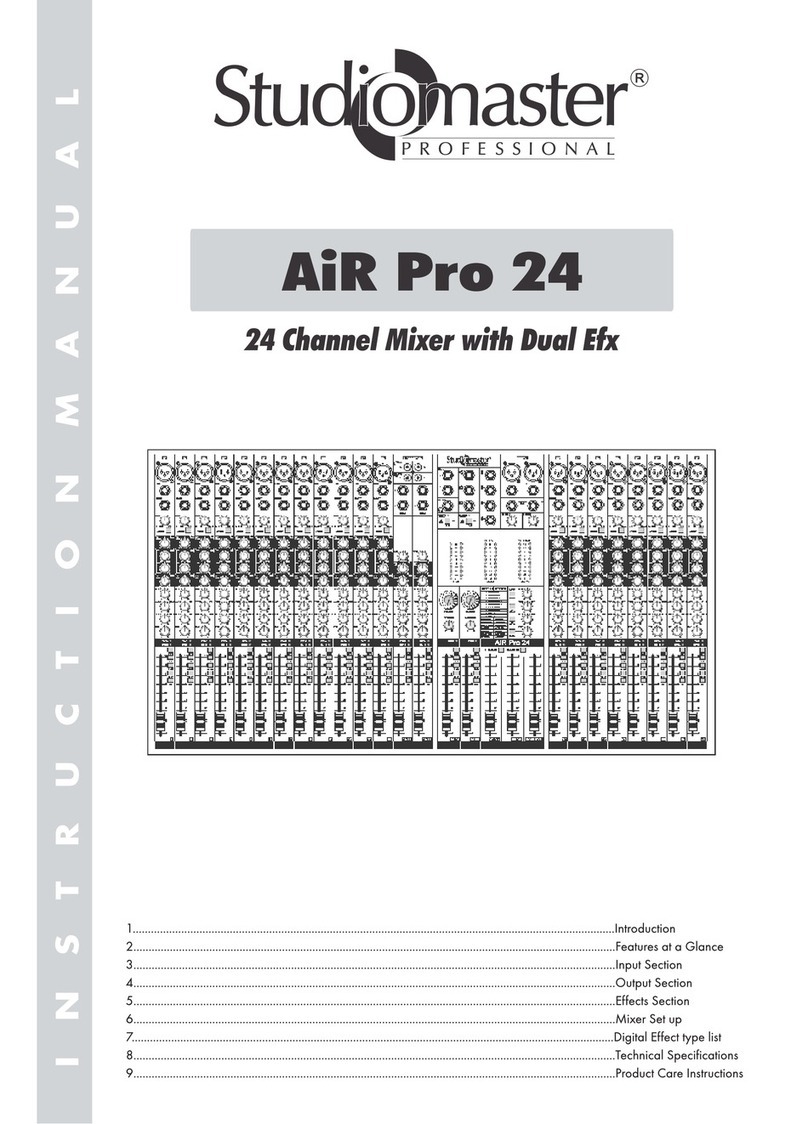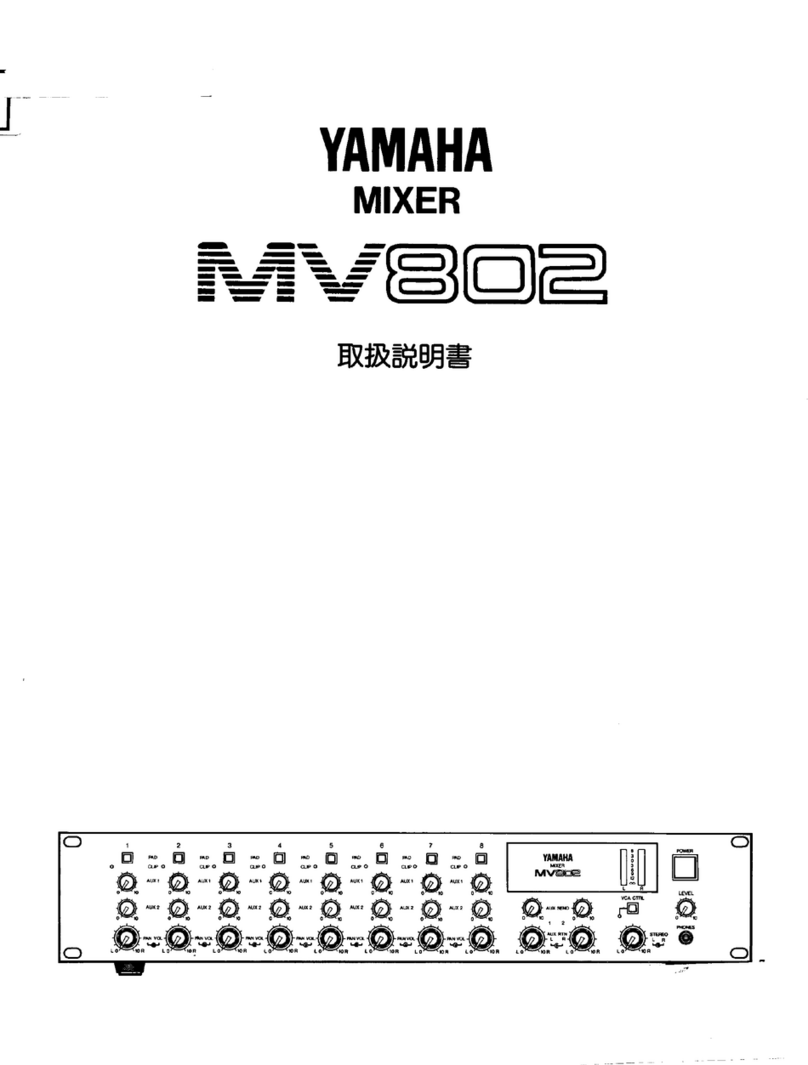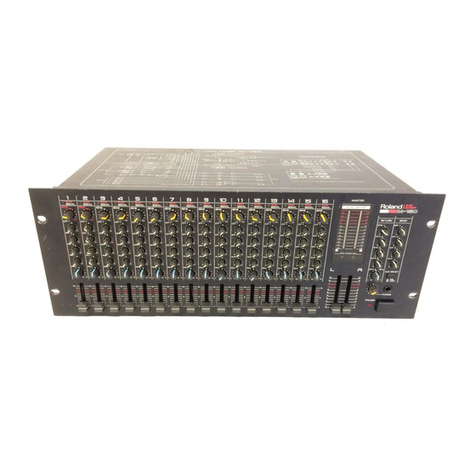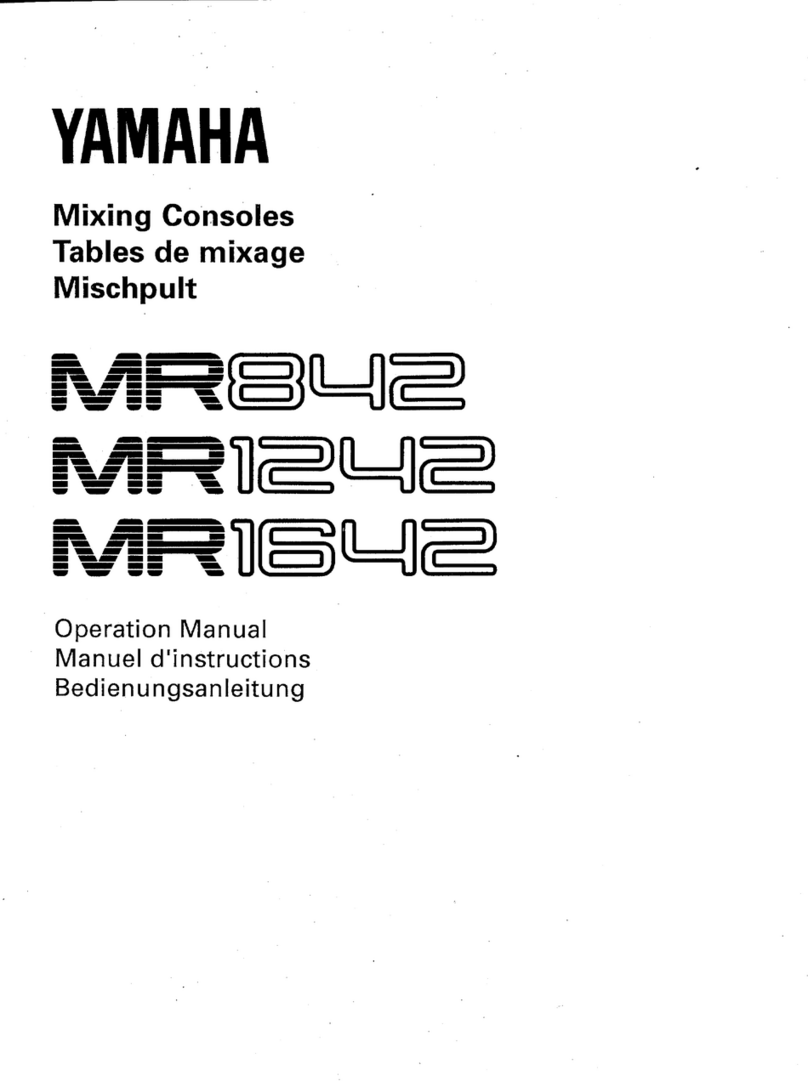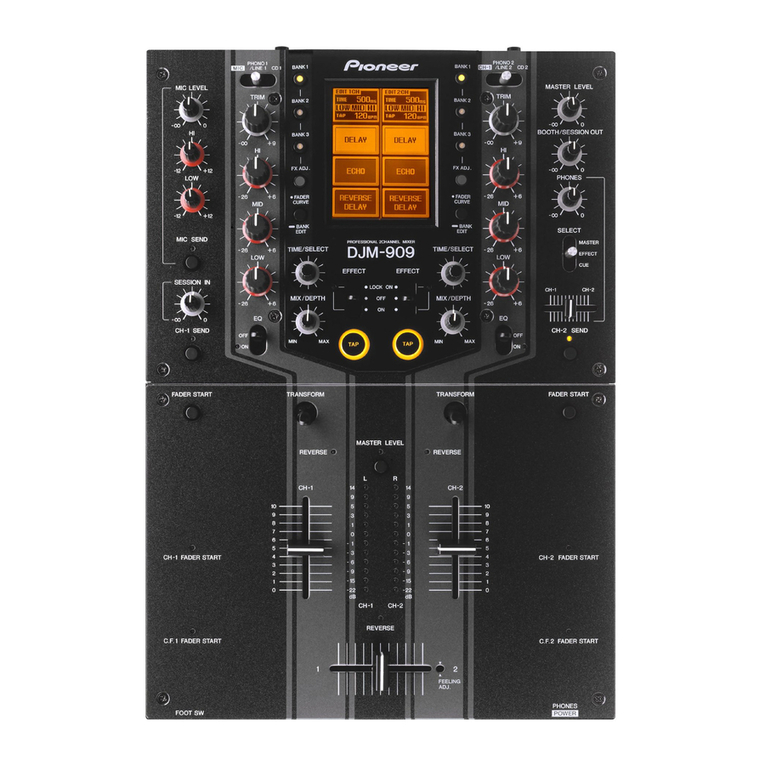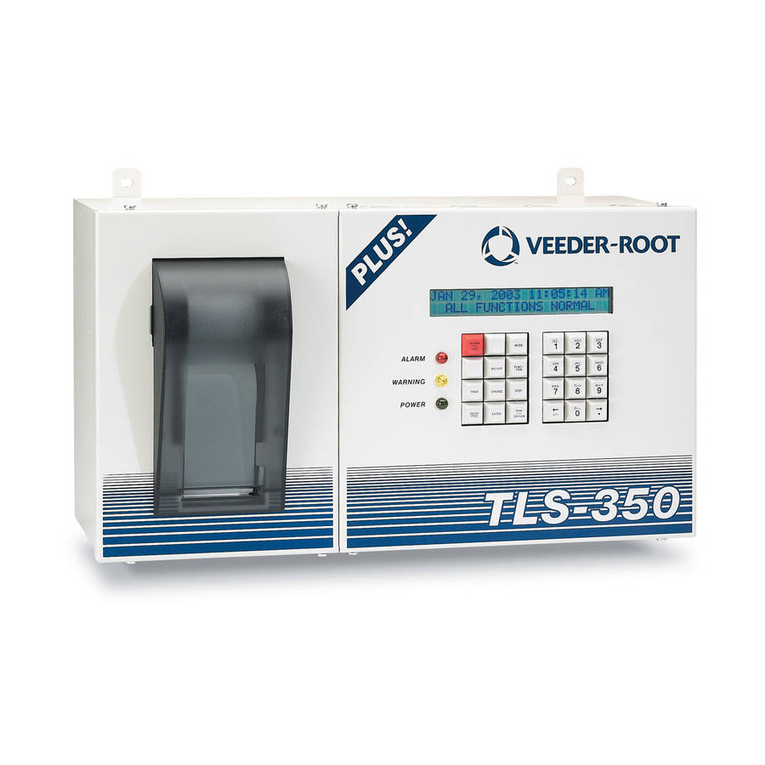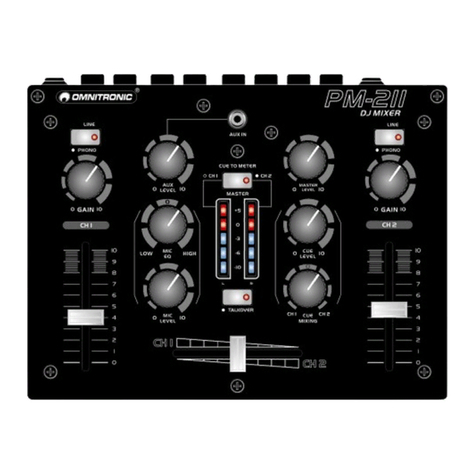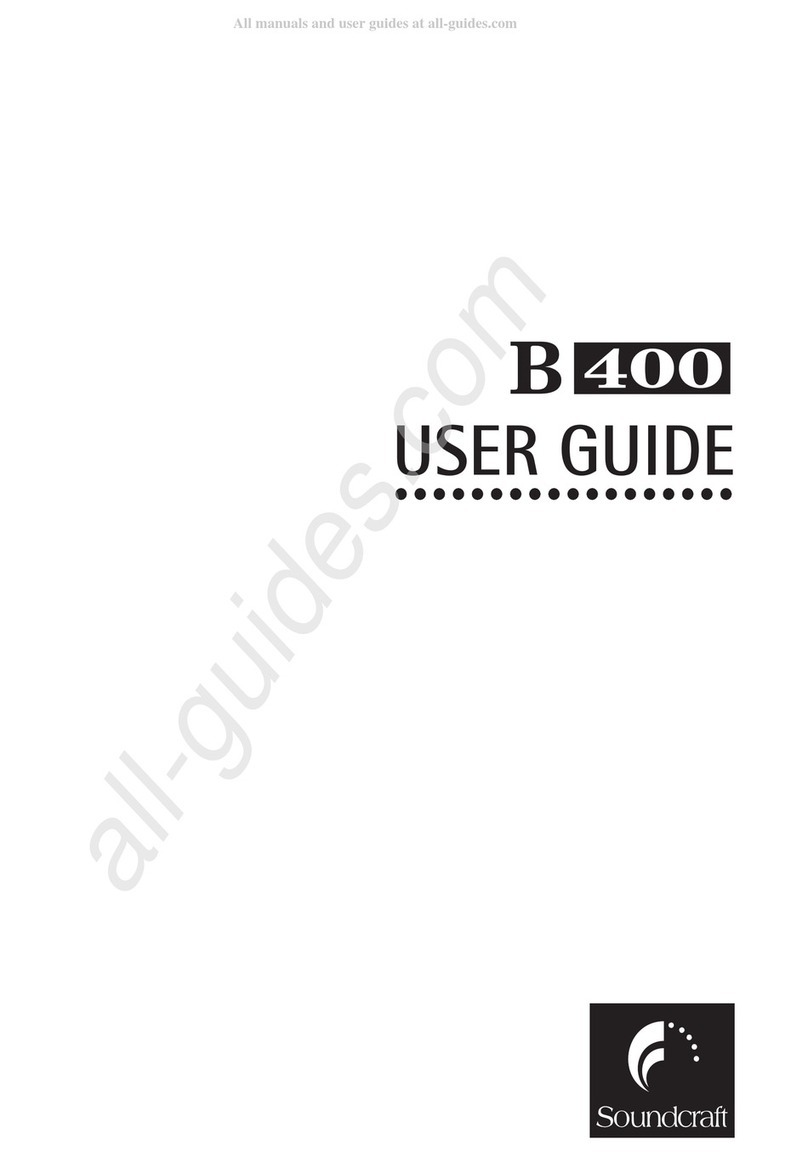Other warranty rights and national law§ 1
This warranty does not exclude or limit the buyer’s statutory rights provided
[1]�
by national law, in particular, any such rights against the seller that arise
from a legally effective purchase contract.
The warranty regulations mentioned herein are applicable unless they
[2]�
constitute an infringement of national warranty law.
Online registration§ 2
Please do remember to register your new BEHRINGER equipment right after
your purchase by visiting http://www.behringer.com and kindly read the terms
and conditions of our warranty carefully. Registering your purchase and equip-
ment with us helps us process your repair claims quicker and more ef ciently.
Thank you for your cooperation!
Warranty§ 3
BEHRINGER (BEHRINGER International GmbH including all
[1]�
BEHRINGER subsidiaries, except BEHRINGER Japan) warrants the
mechanical and electronic components of this product to be free of defects in
material and workmanship for a period of one (1) year*from the original date
of purchase, in accordance with the warranty regulations described below. If
the product shows any defects within the speci ed warranty period that are
not excluded from this warranty as described under § 5, BEHRINGER shall,
at its discretion, either replace or repair the product using suitable new or
reconditioned parts. In the case that other parts are used which constitute
an improvement, BEHRINGER may, at its discretion, charge the customer
for the additional cost of these parts.
If the warranty claim proves to be justi ed, the product will be returned to
[2]�
the user freight prepaid.
Warranty claims other than those indicated above are expressly excluded.
[3]�
Return authorization number§ 4
To obtain warranty service, the buyer (or his authorized dealer) must
[1]�
call BEHRINGER during normal business hours BEFORE returning the
product. All inquiries must be accompanied by a description of the problem.
BEHRINGER will then issue a return authorization number.
Subsequently, the product must be returned in its original shipping carton,
[2]�
together with the return authorization number to the address indicated by
BEHRINGER.
Shipments without freight prepaid will not be accepted.
[3]�
Warranty regulations§ 5
Warranty services will be furnished only if the product is accompanied by a
[1]�
copy of the original retail dealer’s invoice. Any product deemed eligible for
repair or replacement under the terms of this warranty will be repaired or
replaced.
If the product needs to be modi ed or adapted in order to comply with appli-
[2]�
cable technical or safety standards on a national or local level, in any country
which is not the country for which the product was originally developed and
manufactured, this modi cation/adaptation shall not be considered a defect
in materials or workmanship. The warranty does not cover any such modi -
cation/adaptation, irrespective of whether it was carried out properly or not.
Under the terms of this warranty, BEHRINGER shall not be held respon-
sible for any cost resulting from such a modi cation/adaptation.
Free inspections and maintenance/repair work are expressly excluded from
[3]�
this warranty, in particular, if caused by improper handling of the product
by the user. This also applies to defects caused by normal wear and tear, in
particular, of faders, crossfaders, potentiometers, keys/buttons, tubes, guitar
strings, illuminants and similar parts.
Damage/defects caused by the following conditions are not covered by this
[4]�
warranty:
improper handling, neglect or failure to operate the unit in compliance•
with the instructions given in BEHRINGER user or service manuals;
connection or operation of the unit in any way that does not comply with•
the technical or safety regulations applicable in the country where the
product is used;
damage/defects caused by force majeure or any other condition that is•
beyond the control of BEHRINGER.
Any repair or opening of the unit carried out by unauthorized personnel
[5]�
(user included) will void the warranty.
If an inspection of the product by BEHRINGER shows that the defect in
[6]�
question is not covered by the warranty, the inspection costs are payable by
the customer.
Products which do not meet the terms of this warranty will be repaired ex-
[7]�
clusively at the buyer’s expense. BEHRINGER will inform the buyer of any
such circumstance. If the buyer fails to submit a written repair order within
6 weeks after noti cation, BEHRINGER will return the unit C.O.D. with
a separate invoice for freight and packing. Such costs will also be invoiced
separately when the buyer has sent in a written repair order.
Warranty transferability§ 6
This warranty is extended exclusively to the original buyer (customer of retail
dealer) and is not transferable to anyone who may subsequently purchase this
product. No other person (retail dealer, etc.) shall be entitled to give any war-
ranty promise on behalf of BEHRINGER.
Claim for damage§ 7
Failure of BEHRINGER to provide proper warranty service shall not entitle
the buyer to claim (consequential) damages. In no event shall the liability of
BEHRINGER exceed the invoiced value of the product.
* Customers in the European Union please contact BEHRINGER Germany Support for further details.
